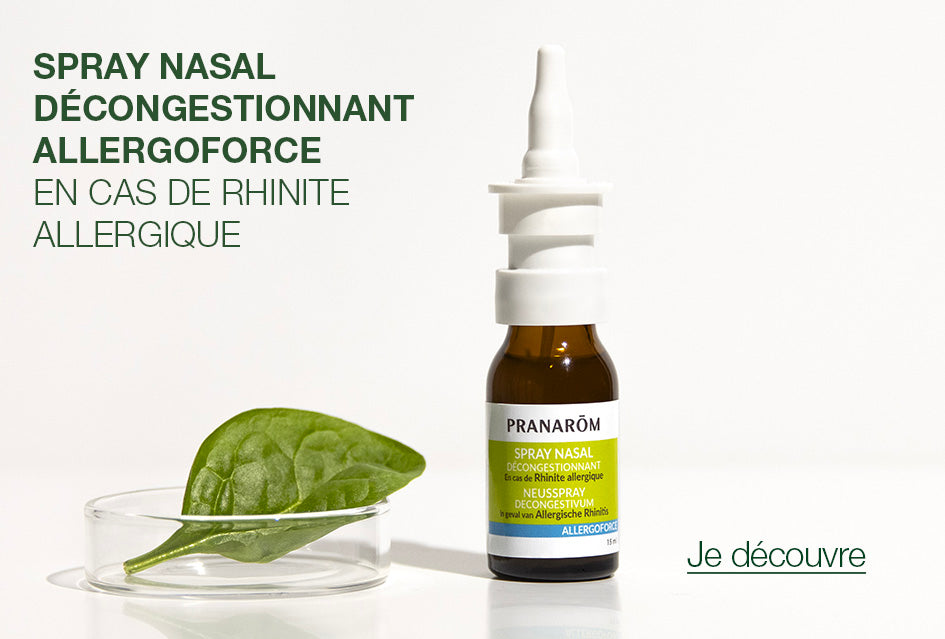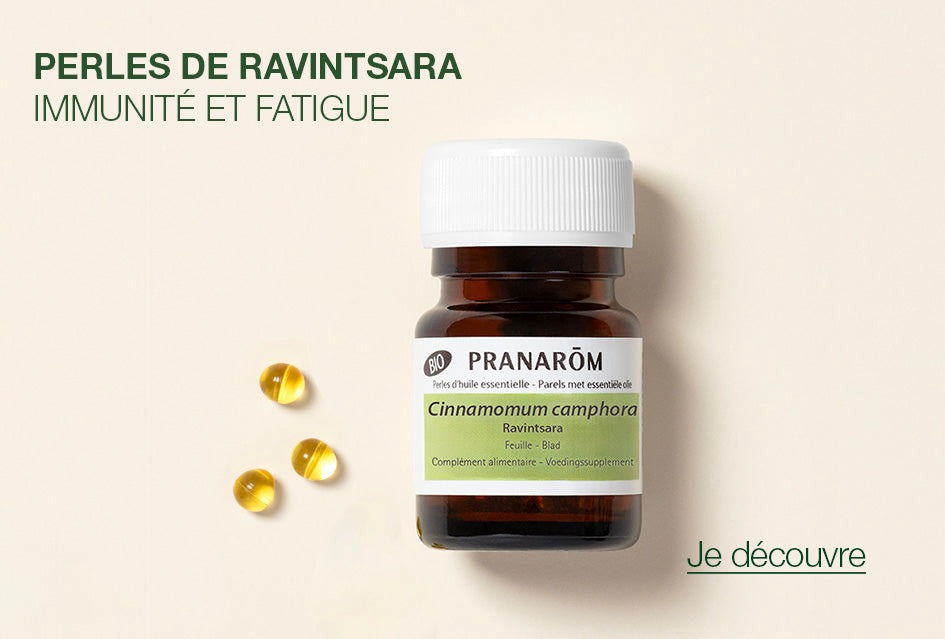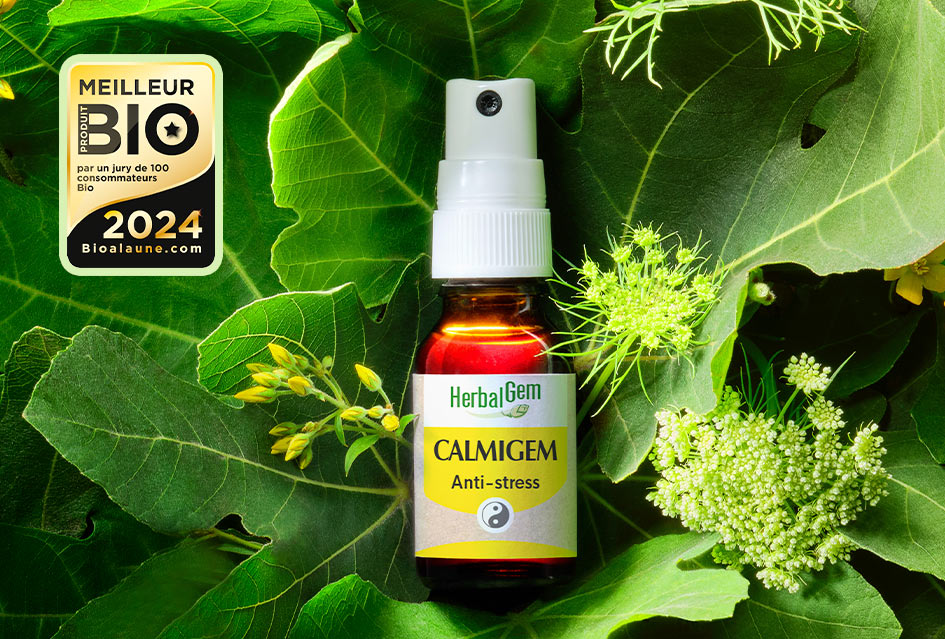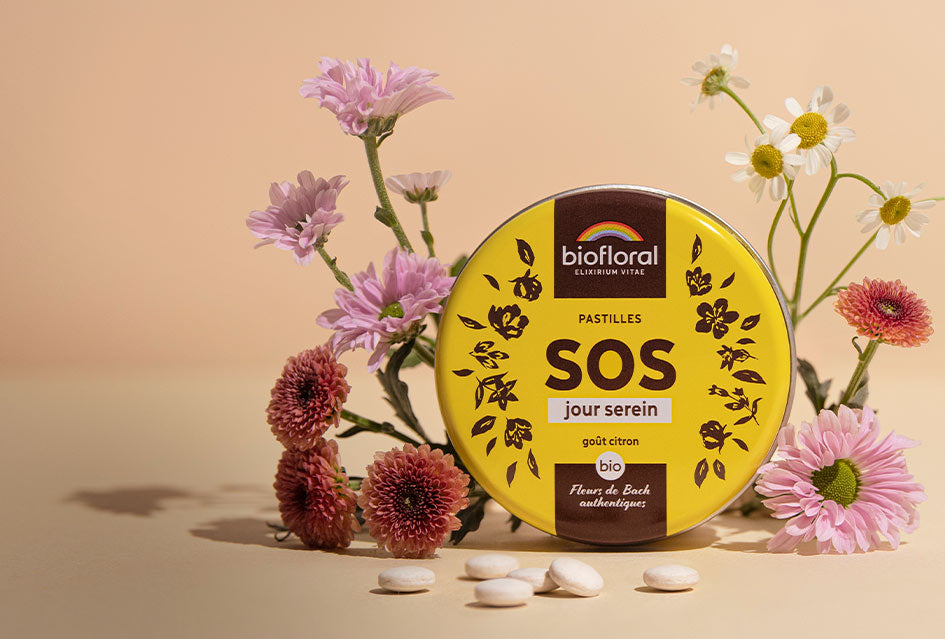The recent multiplication of food scandals has made food safety a major concern for food producers. More than ever, consumers are asking for products that are microbiologically safe and, in the same time, containing less artificial preservatives. The use of small concentrations of essential oils could bring a solution to this dilemma, as some of those “natural additives” already have proven bacteriostatic properties. Essential oils also beneficiate from a very good image, thanks to their numerous properties (antioxidant, antiviral, anti-inflammatory) and the fact they have been used by humans for thousands of years.
- TYPE DE SOLUTIONS
- Best-Sellers
- Solutions prêtes à l'emploi
- Compléments alimentaires
- Huiles Végétales
- DIY / Coffrets
- Perles d'Huiles Essentielles
- Diffusion
- Hydrolats
- Livres
- Voir tout
- NOS GAMMES
- Aromaboost® - Nouveau
- Allergoforce
- Digestarom
- Aromalgic
- Oleocaps +
- Aromapic
- Aromaforce
- PranaBB
- Voir toutes les gammes
- VOS BESOINS
- Allergies
- Digestion et transit
- Articulations et muscles
- Confort circulatoire
- Immunité et Bien-être
- Piqûres et insectes
- Bébé et maternité
- Confort urinaire
- Respiration et ORL
- Dépendances
- Voir tous les besoins
- PRANARŌM
- Le laboratoire Pranarom
- Recherche scientifique
- LA SCIENCE DES HUILES ESSENTIELLES
- Distillation des Huiles Essentielles
- Les Huiles Végétales
- Les Hydrolats
- Diffusion d'Huiles Essentielles
- LE GROUPE INULA
- Notre raison d'être
- Nos engagements











